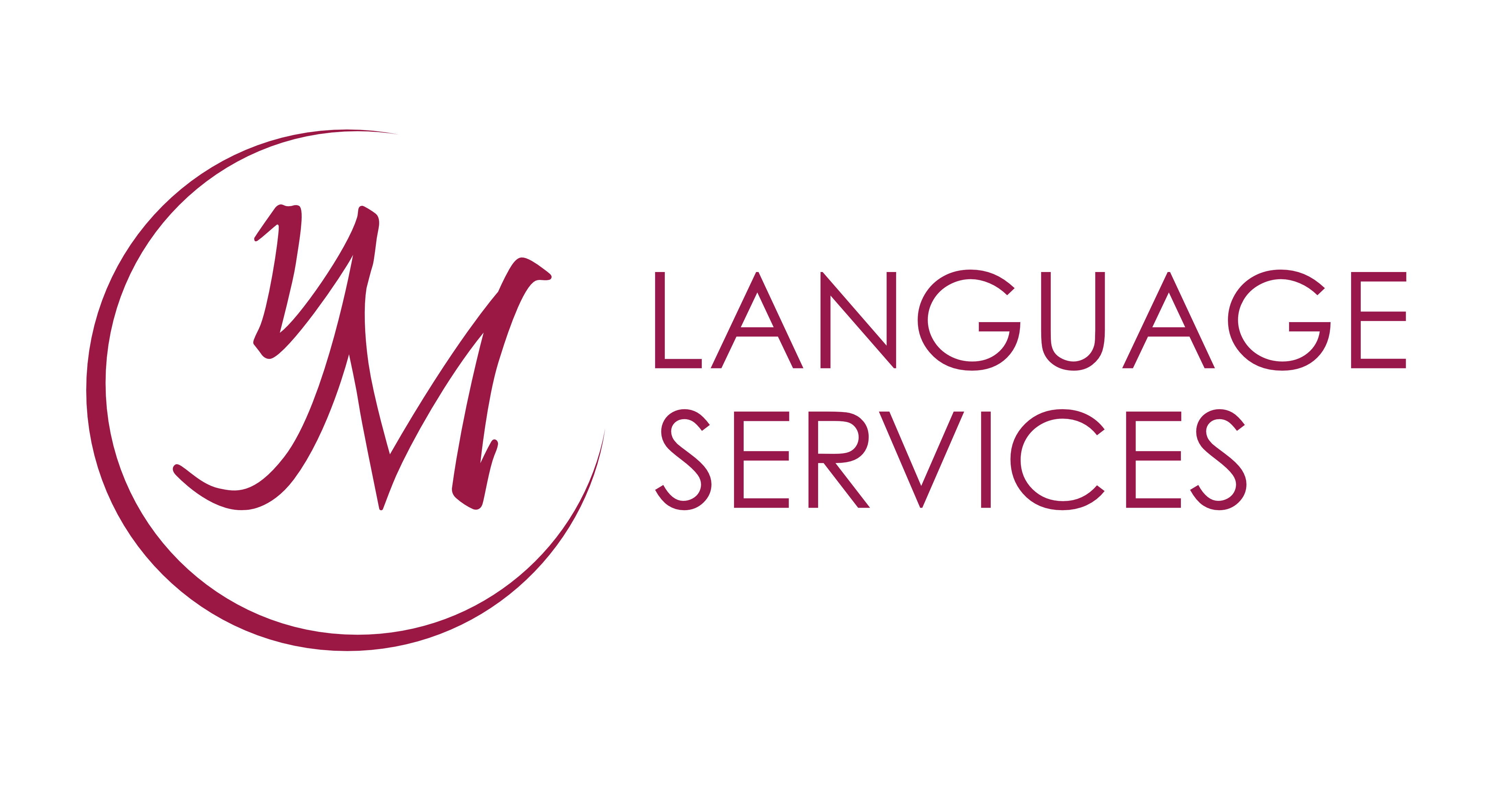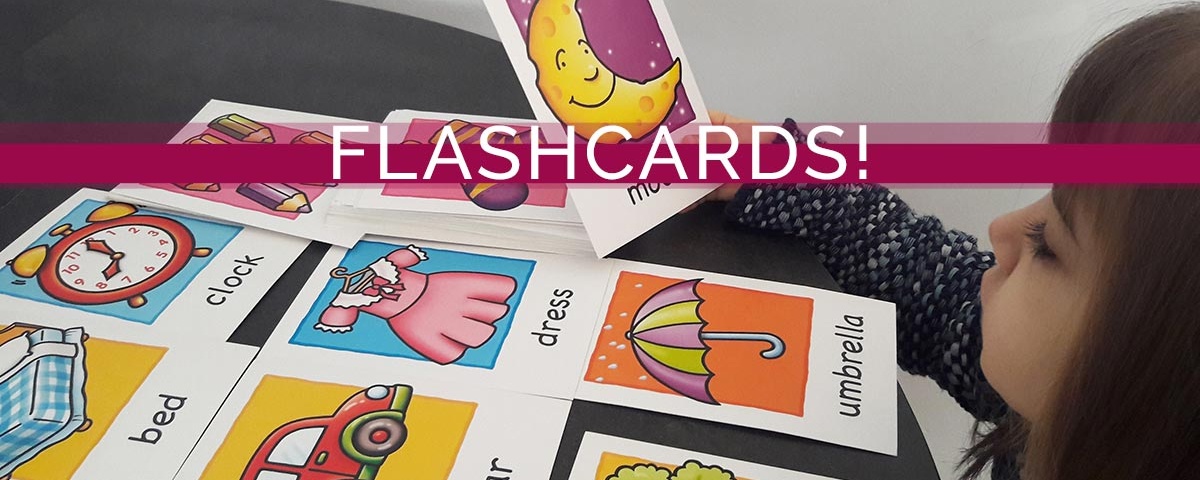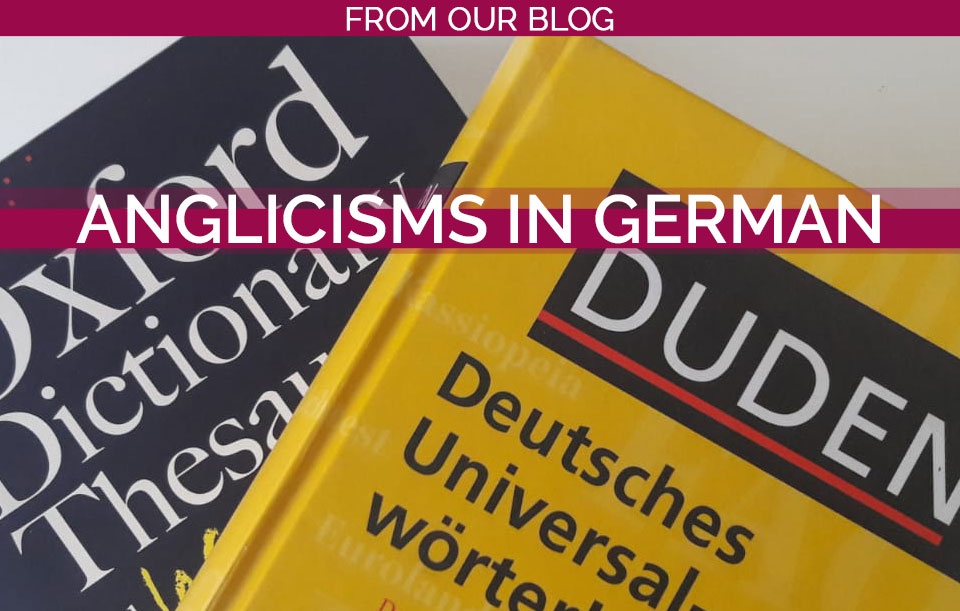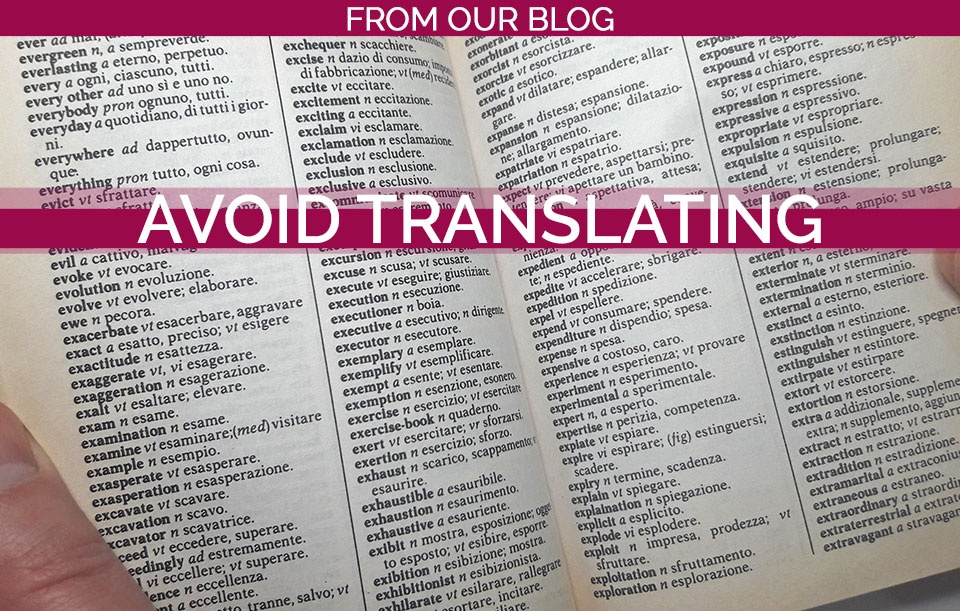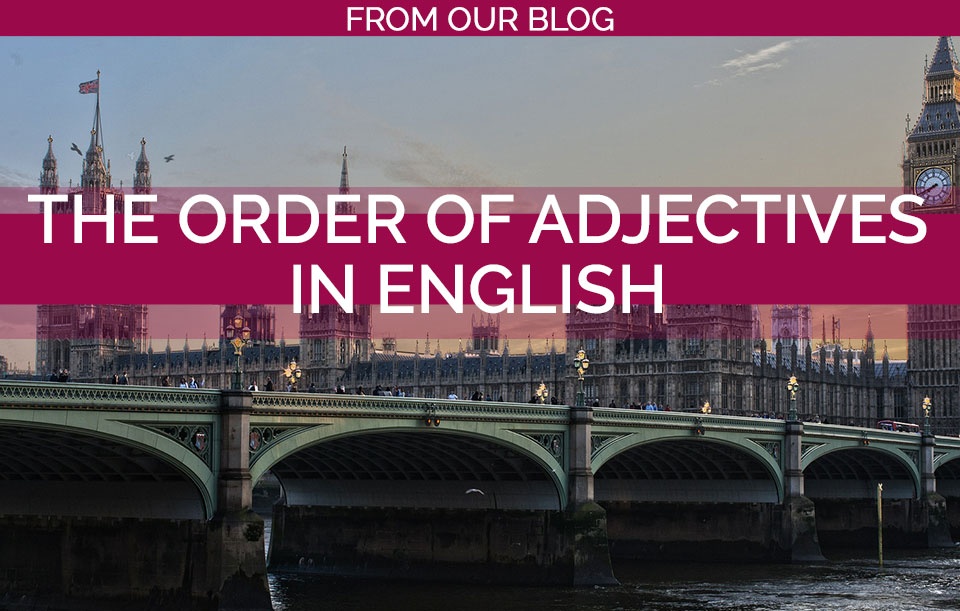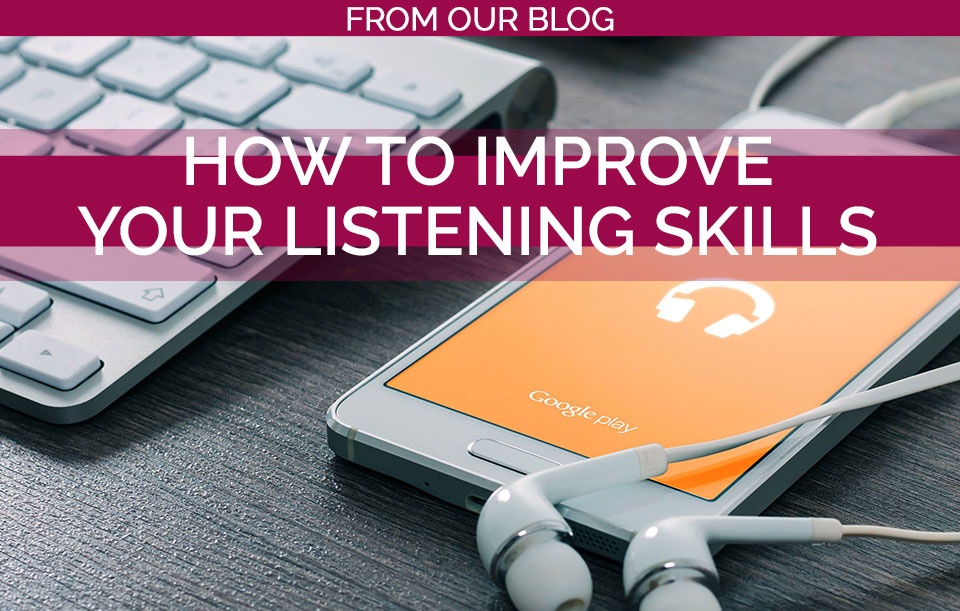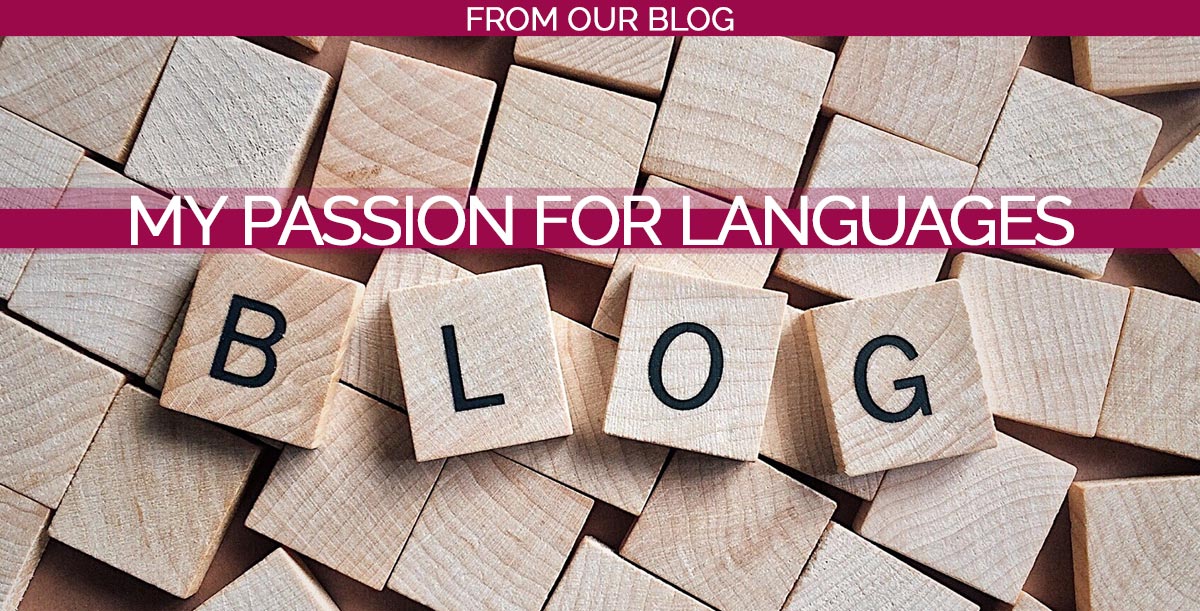
My passion for languages
18/02/2018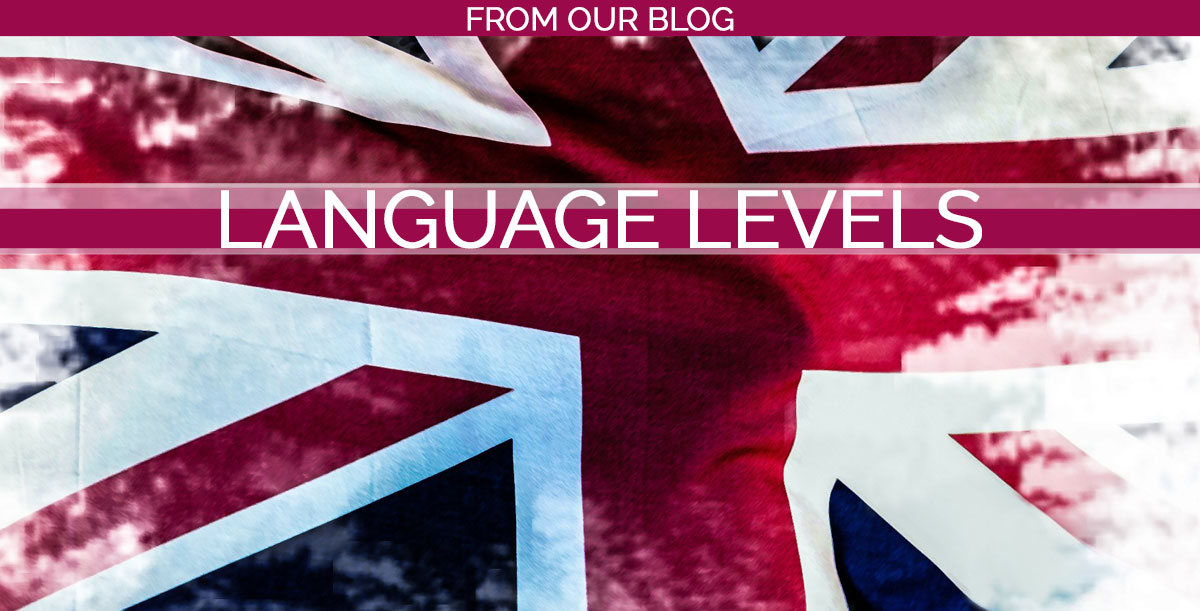
Language levels
23/04/2018I have been teaching English to adults and children for over 15 years and I have realised that the main difficulty for students, whatever their age or their language level, is memorising new words. Grammar and sentence structure are important for effectively learning a new language, but having a wide range of vocabulary is crucial.
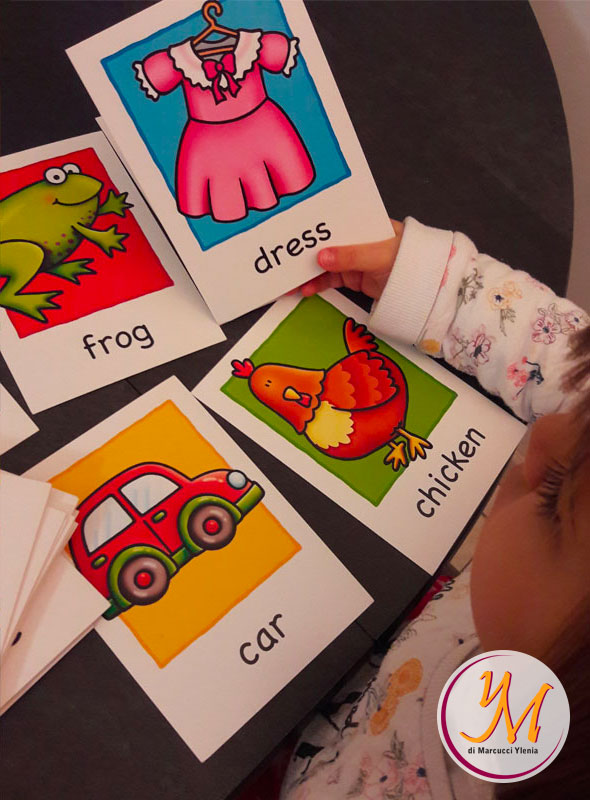
E
veryone will agree that when you have a limited knowledge of a foreign language, a lot of words do not come to mind when you need them, or you simply just do not know them. This causes difficulties in speaking, especially when you do not have any kind of help, from a dictionary or a glossary for example. You also feel less comfortable in an oral situation because you need to be more fluent and faster in creating sentences compared to writing a text. In addition to this, you must also pay attention to pronunciation, which can sometimes be a significant problem.
Therefore, I would like to give you some advice to help you memorise a large number of new words in a systematic way.
Flashcards are a very valuable tool. Let's see what they consist of and how they can be used effectively by both adults and children who are learning a language.
A flashcard is a card made of paper or cardboard of variable size (for individual use it is approximately the size of a playing card and for large groups of students it is larger so that it is more visible).
You can also use other tools, such as wooden ice cream sticks on which you can write with a permanent marker.
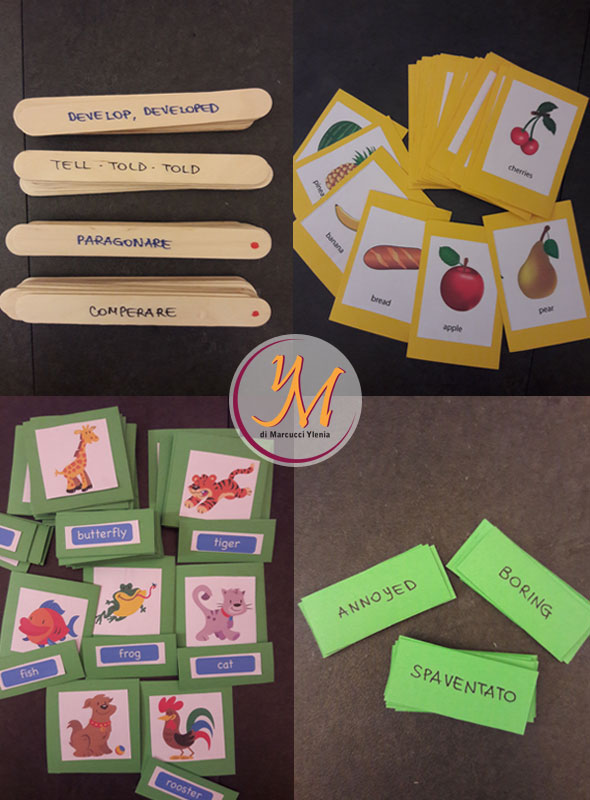
- 1. On one side of the card you have to write the word in the foreign language and on the back the translation into English or your mother tongue. For children the card can be accompanied by a picture of the word itself so that the child can match it with the spelling of the word. You can also decide to create two cards by separating the picture from the word in the foreign language in order to associate them. In the case of pre-school children or children who cannot read the foreign language, it is important that this exercise is done with the help of the teacher, who will pronounce the words on the flashcard correctly so that the students can memorise them with the right pronunciation. The teacher will then check that the children pronounce the words correctly. You can decide to create a series of flashcards for different categories of words, including verbs.
- 2. First of all, you have to go through all the words on the flashcards and memorise them together with their translation on the back or the associated image. It is essential to pay close attention to the pronunciation of the word; if you do this exercise alone, it is important that you check the pronunciation of each word by reading its phonetic transcription,( if you are familiar with this method), or simply by listening to its pronunciation (for example on www.wordreference.com, by clicking on "listen" next to the word). You can also build sentences in which the word is placed in a context to make it easier to memorise. If the word is separated from the image the two parts of the card must be initially matched.
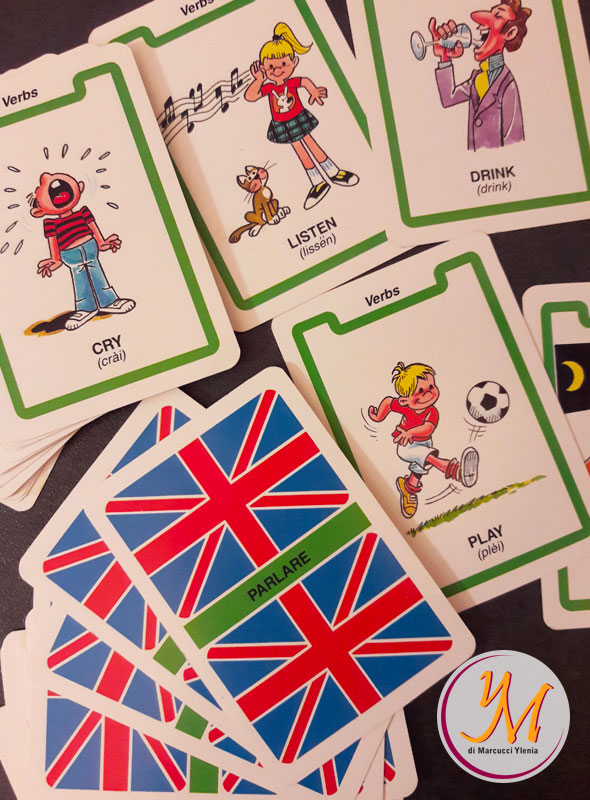
- 3. Secondly, you only need to look at the picture or the translation of the word on the back of the card, think of the word in the foreign language, say it out loud, and then turn the card to check your answer. You can even spell the word out loud. If you find this too difficult, you can do the exercise the other way round, i.e. starting from the word in the foreign language to remember its meaning in English or your mother tongue. If the two parts of the card are separated you can also think of turning only the small card with the written word remembering the matched image and vice versa.
- 4. As you try to remember the words and turn the cards over to check if you are correct, you have to make two piles of cards: one for all the flashcards with words you remembered, and another one for all those flashcards containing words you did not remember.
- 5. You will then once again review the cards in this second pile repeating the exercise until you remember all of the words.
O
ver time, you should regularly review all the learnt words in order to memorise them permanently and reuse them in an appropriate context. In the pictures you can see some examples of the flashcards I use.
I hope that this method will help you to improve your language learning and memorise lots of new words.
Have fun!
